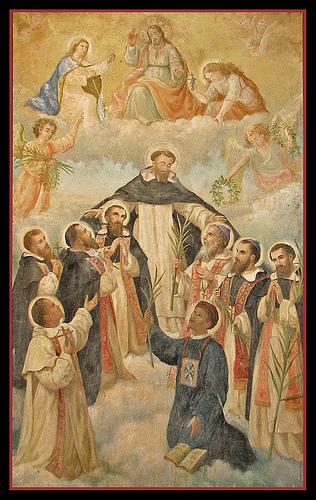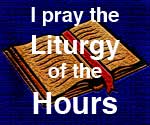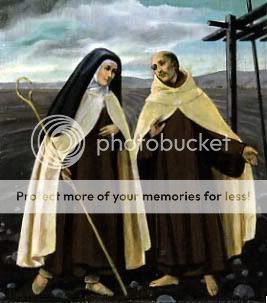
Dominican Saints of China from the Dominican Priory in Avila
He sailed to Manila with 43 religious in 1726, and he finally made it to China in 1728, where he labored for 16 years in the province of Fo-kien. Here his life was very difficult; he had to hide in uncomfortable places, and, once, he was smuggled in a coffin to anoint a dying man. Sometimes disguised as a water seller, he moved about the city. Once, he was far from any shelter,and he climbed into a tree to spend the night. Piously intoning the Miserere before going to sleep, he was startled to hear another voice answering his, and, to his joy, realized his old friend Father Serrano was sitting in the same tree.
One of his last acts as a free man was to baptize a sick woman to whom Our Lady of the Rosary had appeared. The new Christian was so beautiful after her death that pagans crowded in to see her. Father Alcober's presence there led to his capture in 1746. Soon he found himself reunited in prison with Father Serrano and another priest, Francis Diaz. They were tortured to disclose the whereabouts of Bishop Peter Sanz, though the revealed nothing. The bishop and Father Joachim Royo, upon hearing of the capture of the other three, surrendered themselves in order to spare their brothers further suffering.
The five were dragged before the emperor in chains, and again subjected to torture. Bishop Sanz was beheaded, but the others languished in prison for another six months. Father Alcober wrote a letter to his brother, a Carmelite, saying that they were all in good spirits, but that they hoped it would end soon because they were eager to shed their blood. Here in prison, Father Serrano was appointed successor to Peter Martyr.
Late in November, these four was strangled in their cell at Futsheu during the night. This was the best way to fend off their apostolic work among the jailers and soldiers. When the executioners returned in the light of day to dispose of the bodies, they were horrified to note that the faces of the martyrs were not only serene, but shone with an unearthly radiance--a phenomenon indeed for someone who had died by strangulation. Afraid of being punished for not carrying out their duty, the executioners covered the faces of their victims, but the Christians followed them nonetheless to try to collect relics. The soldiers already knew there would be problems trying to dispose of the relics: Those of Bishop Sanz had resisted burning and various other kinds of destruction. For this reason, the persecuted Christians were able to retain the relics of the five martyrs.
He was strangled to death on October 28, 1748 at Fu-tsheu prison in Tonkin. He was beatified by Pope Leo XIII in AD 1893. He was canonized along with the other martyrs of China by Pope John Paul II in AD 2000.
Prayer



























